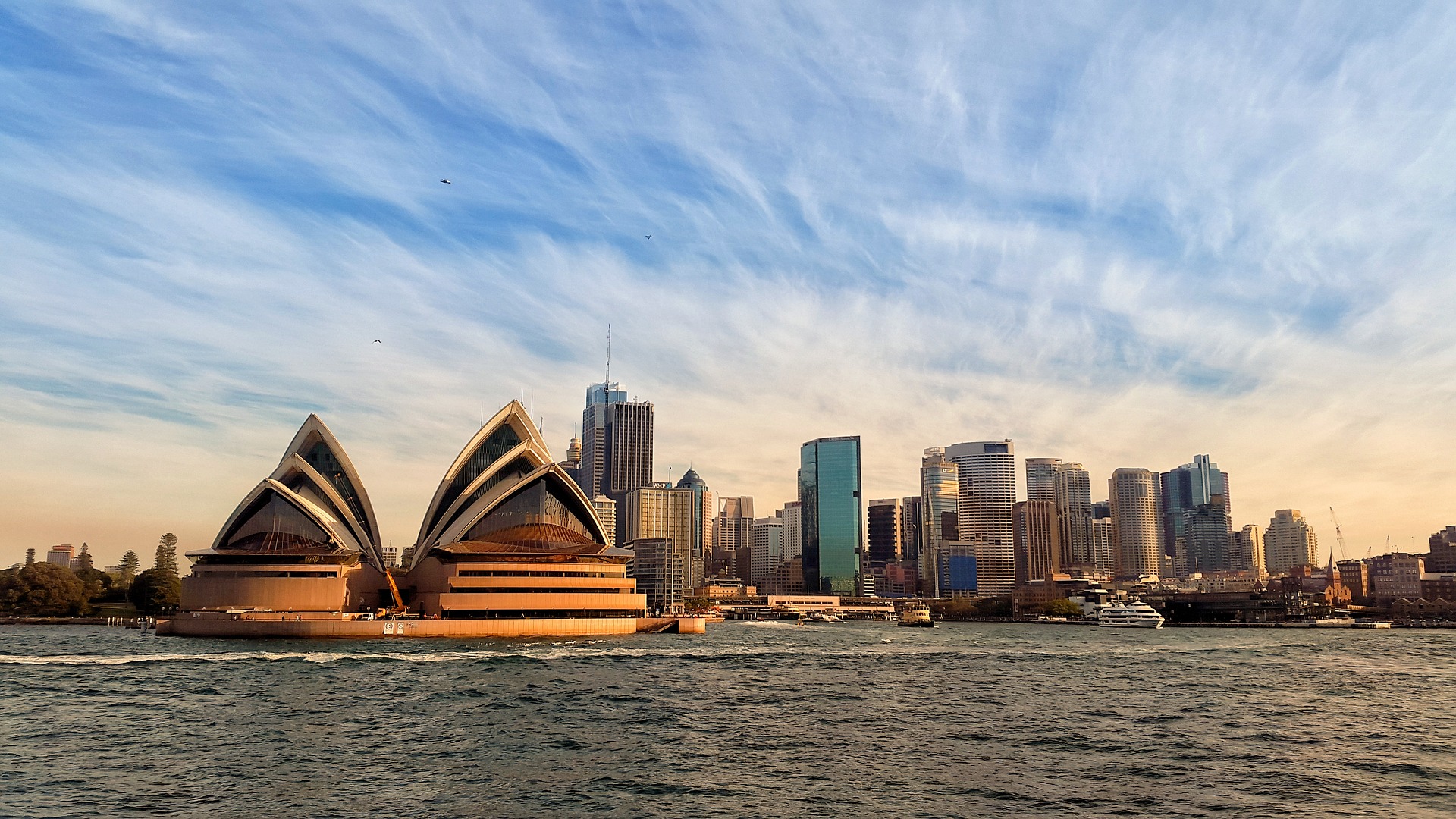Sydney's 20-day dry streak: what a difference a month makes
April was super dry across much of Australia's eastern third, after one of the wettest Marches on record.
The April rainfall figures are in, because it's the 30th today, and monthly rainfall is calculated to 9 am on the last day of the month (anything that falls during the rest of Friday will be counted as May 1 rainfall).
New South Wales had its second-wettest March on record in 2021, but was considerably drier overall in April. Sydney is just one example of a location where the monthly April rainfall was pretty much the opposite of March, with a prolonged spell of very dry weather.
- The harbour city received just 15.4 mm at Observatory Hill in April compared to 417.4 mm in March.
- Rain fell on just five days in April days compared to 21 in March
- Not a drop has been recorded in Sydney since Saturday the 10th, when a barely ground-wetting 0.2 mm only slightly dampened the gauge. That's a 20-day dry streak.

Image: It's been all about hazard reduction burns and clear weather in Sydney for three weeks now after a very soggy March. Source: Pixabay.
Canberra had an even drier April.
- Just 1.4 mm was recorded on two days in April, compared to a very healthy 110.2 mm on 13 days in March for the national capital, whose average annual rainfall is almost exactly half that of Sydney.
WEATHER CHALLENGE: CAN YOU RANK AUSTRALIA'S CAPITAL CITIES FROM WETTEST TO DRIEST?
Many regional centres in central NSW also had stark contrasts between months. Dubbo is one example.
The city of 38,000 people in the Central West Slopes and Plains district had a return to the drought-like rainfall of 2019, a year in which it recorded its lowest recorded annual rainfall total of just 211.2 mm (the average is 576.1 mm). Fortunately, there's still plenty of grass on the ground and water in the dams.
- In March, Dubbo recorded 187.2 mm of rain.
- The April total was just 1.8 mm.
- Like Sydney, Dubbo is now on a 20-day dry streak.
Anywhere north of about Newcastle along the NSW coast had a slightly wetter month. Most centres on the NSW Mid North Coast and North Coast topped 100 mm for April, although totals were still well down on the March deluge.
Meanwhile Brisbane had a lot of dry days in April.
- But the Queensland capital still managed to puck up 112.2 mm overall, thanks mostly to falls in excess of 20 mm on three days.
And of course, Far North Queensland was a totally different story. Cairns was one of numerous locations which copped a huge month of rainfall in April.
- Cairns recorded whopping 845.2 mm recorded in April, with just nine dry days and more than 500 mm falling in a three-day period from April 19 to 21.
- That made it the wettest April on record at the station at Cairns Airport, where data dates back to 1943.
- Jan, Feb and March are usually the wettest three months in Cairns. The average for April is 191.2 mm. So the wet season came late this year.
- March had been slightly down on the average of 416.4 mm, with 323.2 mm recorded.
April certainly was a month of reversals in many parts. Some Sydney gardens were soggy to the point where trees were falling over because the ground was so saturated in March. Backyards are still green, but they're now pretty dusty.
Meanwhile the weekend should see the chance of light showers in Sydney, with the chance of some heavier falls by midweek.